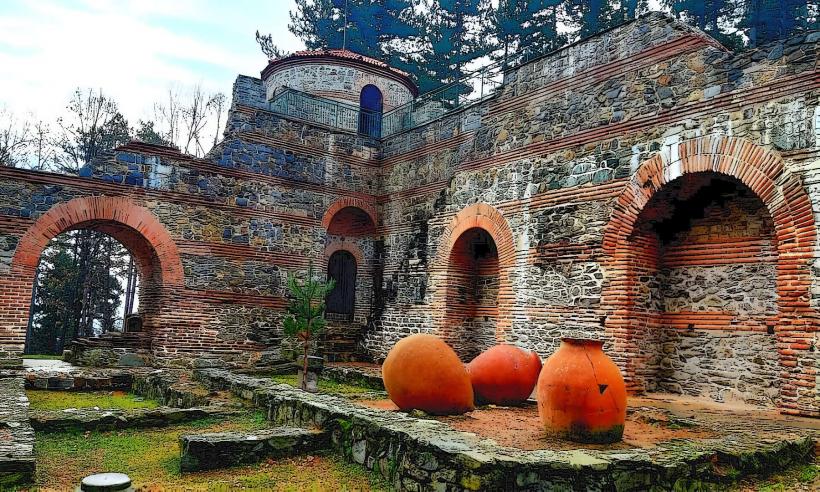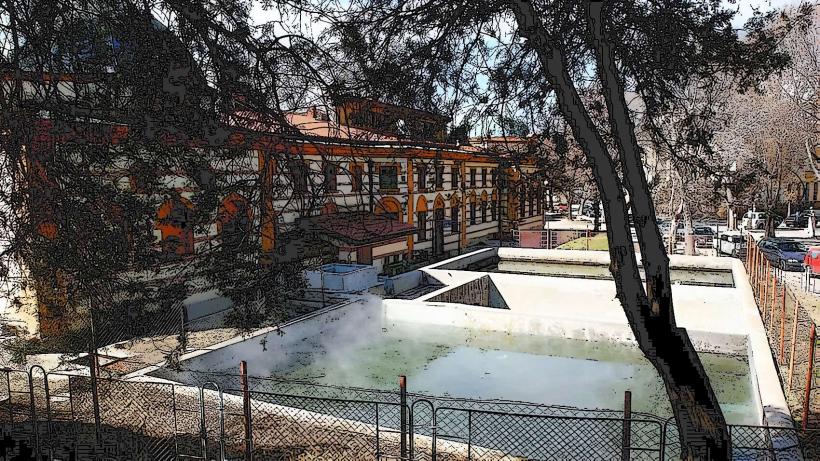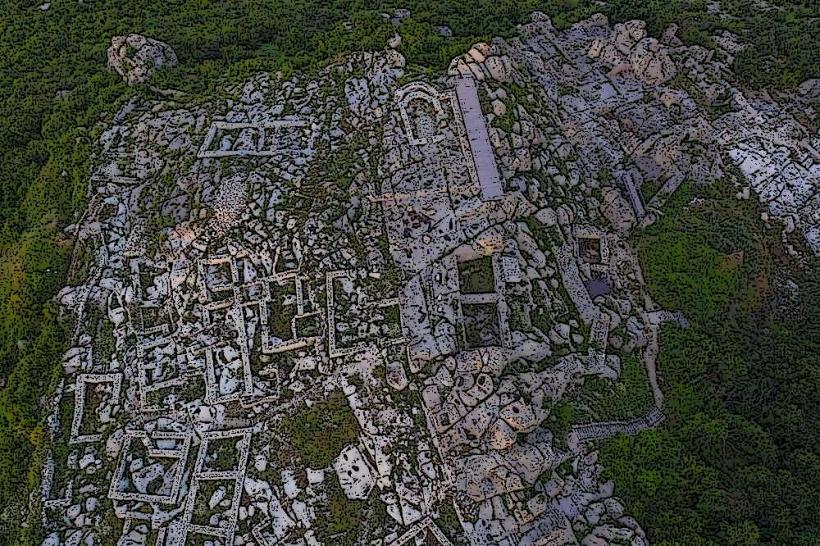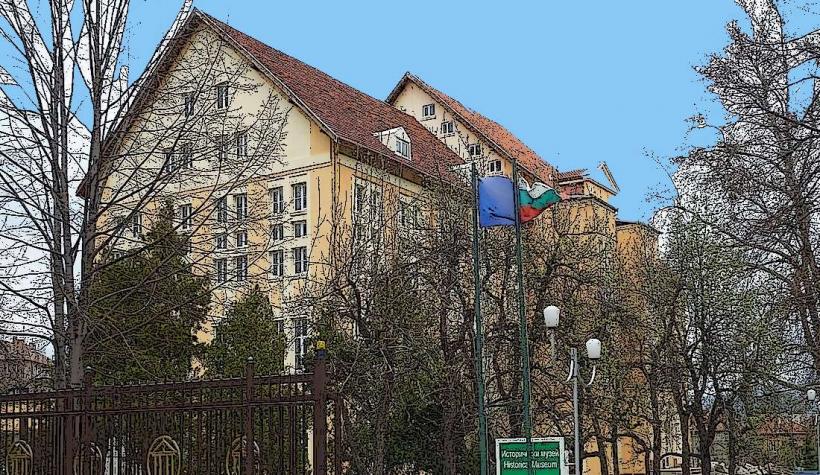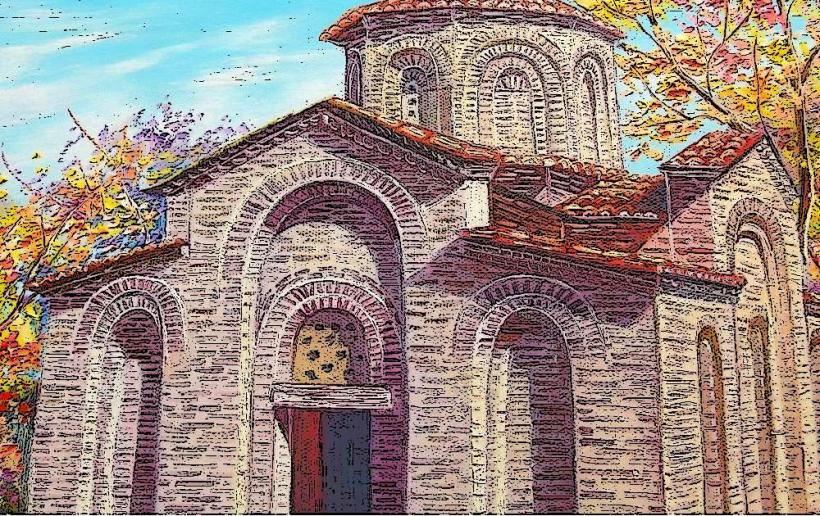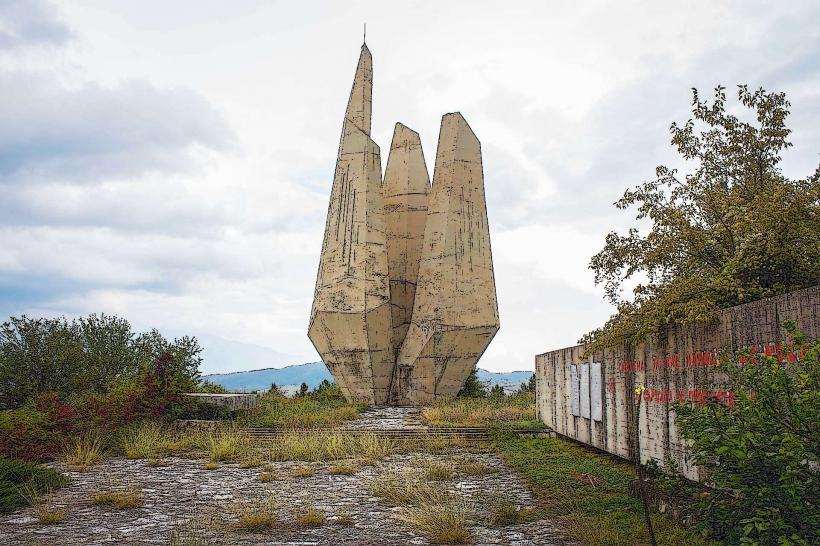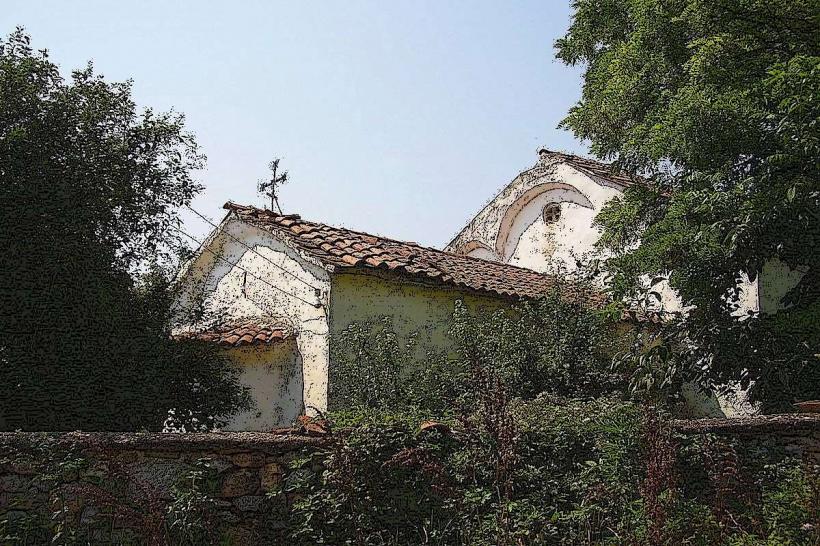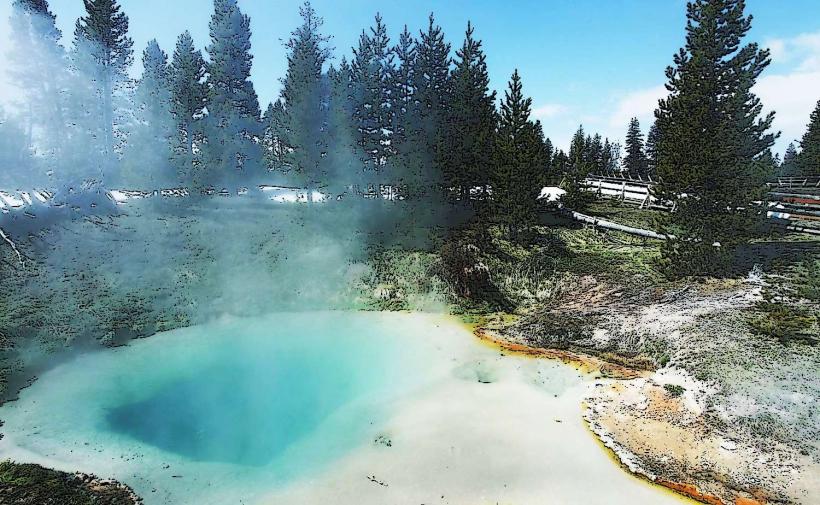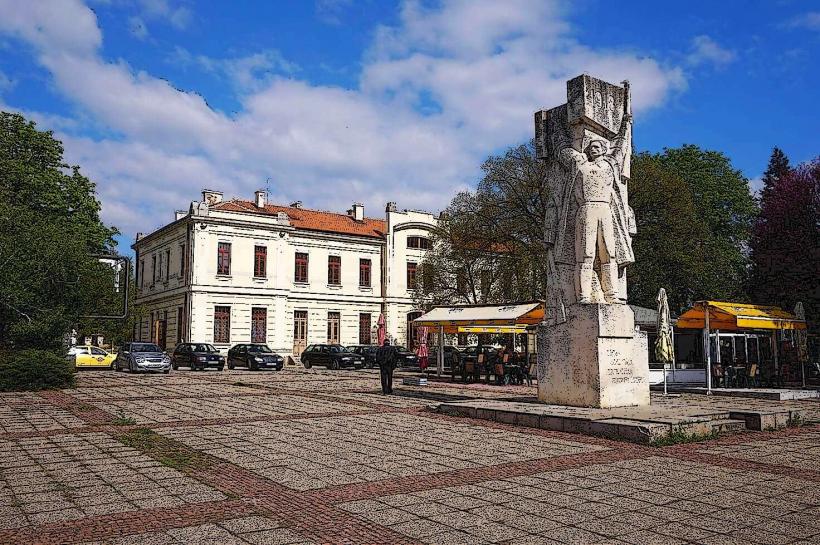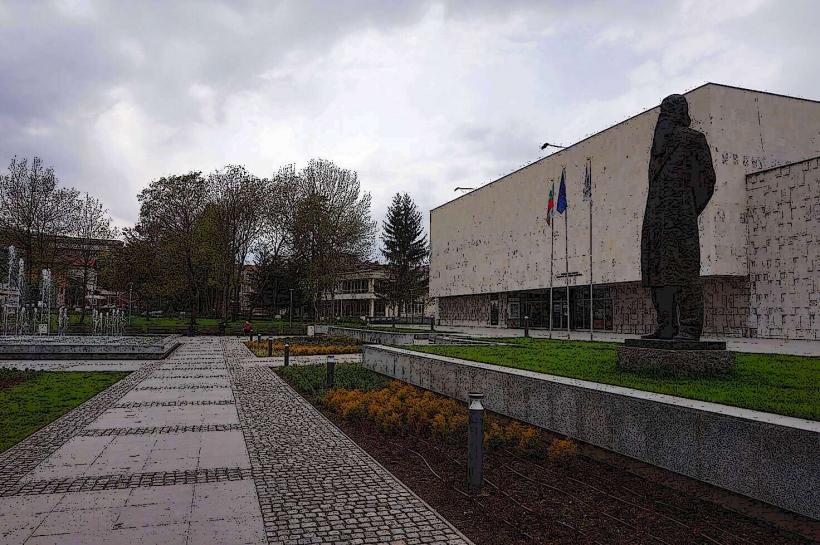Information
Landmark: Kyustendil Thracian TombCity: Kyustendil
Country: Bulgaria
Continent: Europe
The Thracian Tomb of Kyustendil is an ancient burial site that dates back to the 4th century BC. It is one of the most significant archaeological finds in the region and offers valuable insights into Thracian culture and burial practices. Here are some key details about the tomb:
Overview
- Historical Context: The tomb is associated with the Thracian civilization, which was known for its rich culture, artistry, and warrior elite. The Thracians inhabited parts of modern-day Bulgaria and other Balkan countries.
Features
- Structure: The tomb is a stone-built structure consisting of a circular chamber and a long entrance passage. The walls are adorned with remarkable frescoes that depict various scenes, including hunting and ritual practices.
- Frescoes: The frescoes are notable for their vibrant colors and detailed representations, showcasing the artistic skills of the Thracians. They provide insight into the customs, clothing, and activities of the time.
- Artifacts: Archaeological excavations have uncovered numerous artifacts, including pottery, jewelry, and weapons, which illustrate the social status of the individuals buried there and the beliefs surrounding death and the afterlife.
Importance
- Cultural Heritage: The tomb is recognized as a significant part of Bulgaria's cultural heritage and has been included in the UNESCO World Heritage tentative list due to its historical value.
- Tourism: It attracts visitors interested in archaeology, history, and Thracian culture, contributing to the promotion of Kyustendil as a tourist destination.
Visiting
- Location: The tomb is located near the town of Kyustendil and is accessible to visitors. Guided tours often provide deeper insights into its history and significance.
The Thracian Tomb of Kyustendil stands as a testament to the region's ancient history and the rich cultural legacy of the Thracian people.

